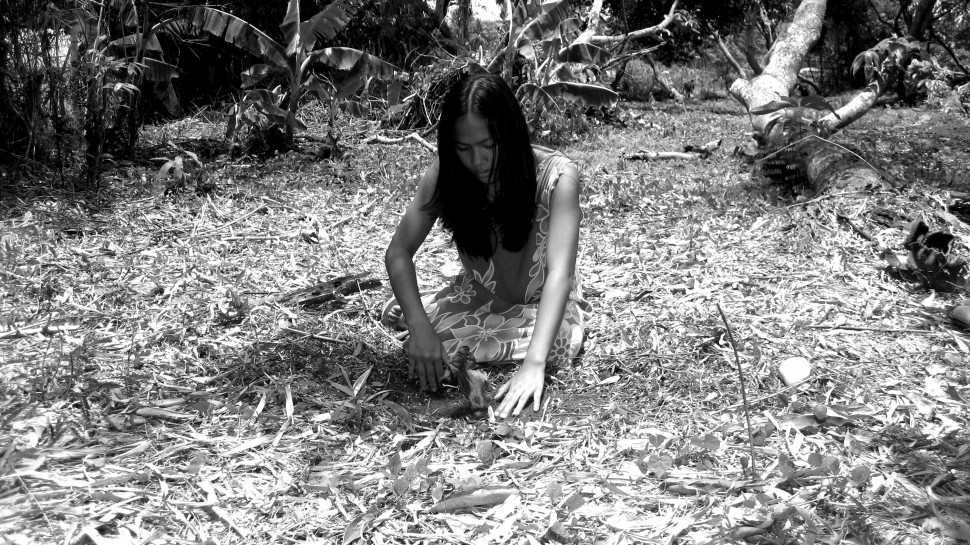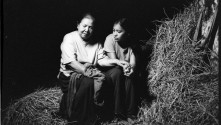




Life in Real Time
The Cinema of Lav Diaz
Digital or celluloid, cinema is ultimately a medium made of time. Andrei Tarkovsky famously called it “sculpting in time.” While directors like Lanzmann and Tarr have in recent decades been working to extend the length of the feature film, the turn to recording images digitally has greatly expanded cinema’s ability to experiment with duration. The contemporary filmmaker who has taken this expansion the farthest is certainly Lav Diaz. He has become famous over the last decade for his works lasting six, seven and eleven hours, almost always shot in black-and-white in small towns and the countryside of the Philippines.
This epic length gives Diaz (b. 1958) a grand canvas on which to depict scenes from the life in the Philippines over the past half-century or so, a nation large in expanse and in population. But these epics are not tales of heroism; Diaz seems to draw inspiration from the 19th century Russian novel, especially the work of Dostoevsky, and the stories that his films tell contain not only great deeds but more typically, many small ones, some happiness and some woe, goodness and ignominy, miracles and catastrophes.
And just as Dostoevsky, Gogol and Tolstoy sought to depict “the Russian soul,” so is Diaz’s great subject the lives and suffering of the Filipino people, particularly during the dictatorship of Ferdinand Marcos from 1965 to 1986, but also more recently. Part of what this means for Diaz is that his camera spends a great deal of time watching his characters going about their daily lives. Yet even during lengthy sequences in which “nothing” happens, there is a surface tension to Diaz’s filmmaking that draws the viewer in. The charge of his images stems in no small part from the fact that Diaz is a filmmaker with a mission: against the oppression of the Filipino people and against the inanities of the commercial cinema of the Philippines (and of other countries).
Despite long stretches of “slice-of-life” realism, Diaz’s films are not homogeneous, punctuated as they are by archival images, monologues spoken directly to the camera, documentary footage, interviews, clips from television and even the occasional pastiche of Filipino soap opera. Although it is Diaz’s use of time that is immediately noticeable, his use of space is just as remarkable, particularly given the dramatic beaches and jungles of the Philippines. Events happen offscreen or between sequences, as if just taking place before the arrival of the camera. Most remarkable of all are those moments when Diaz presents a landscape in wide shot only to have human figures seem to materialize in the middle of the frame, instead of entering from the edges of the screen.
With his twinned desires to bear witness to Filipino lives and to demand a better future, Diaz follows in the footsteps of Lino Brocka (1939-91), one of the first Filipino filmmakers whose work was seen internationally, and one whose work was both eloquent about the joys and indignant about the sorrows of life in the Philippines. More importantly, Diaz’s success at film festivals around the world has helped open the way for the multitude of slightly younger filmmakers who with Diaz make up a veritable Filipino New Wave: Raya Martin, Brillante Mendoza, Khavn de la Cruz, John Torres and others. – David Pendleton
All films presented without breaks, except Death in the Land of Encantos, Heremias Book I and Melancholia, which will each be presented with one 20-minute intermission.














